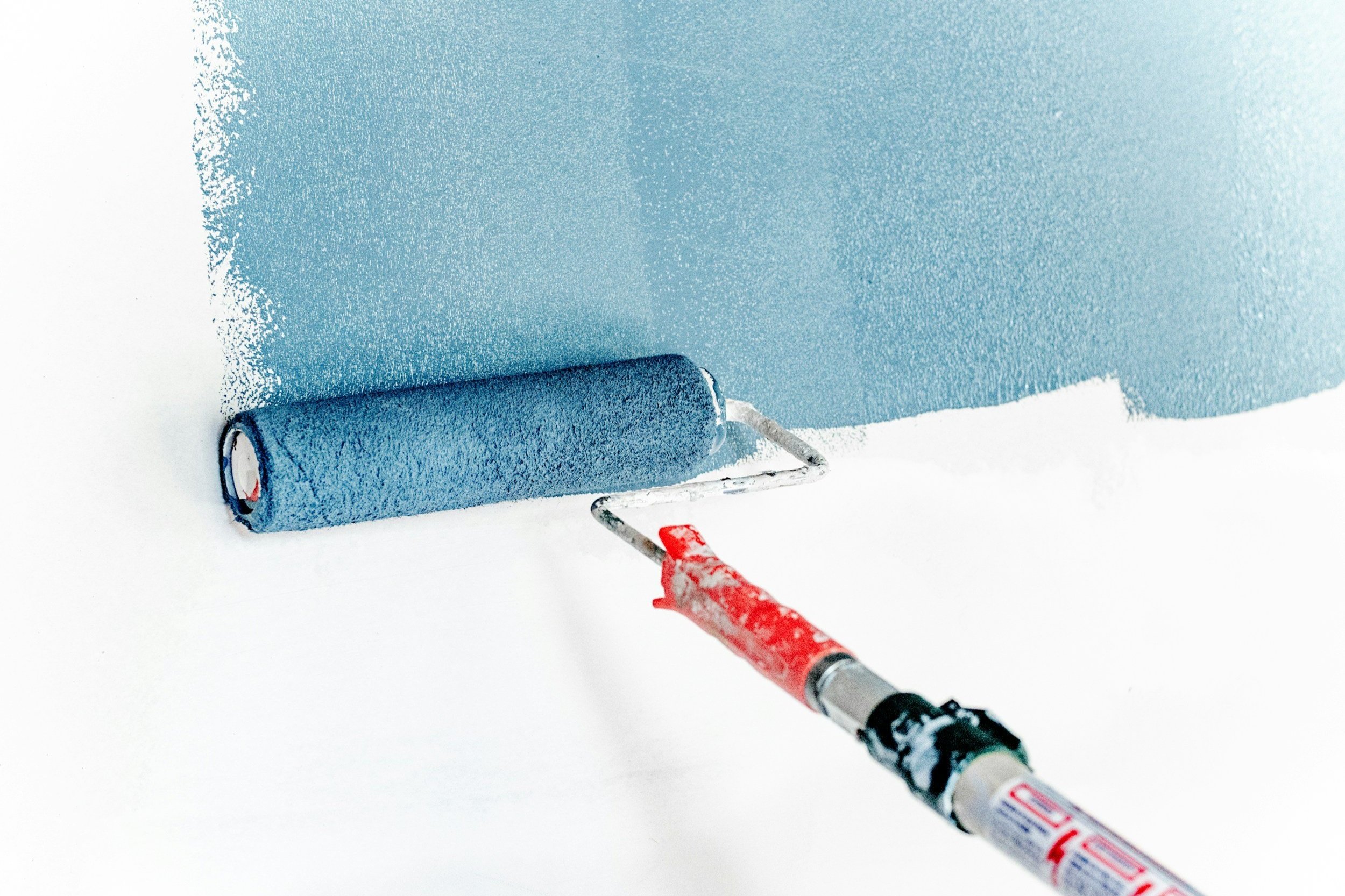The Role of Primer: Why is Primer Used During Painting
Do I always need to use primer when painting? Otherwise, how do I know if a surface needs to be primed? This is a common question people ask themselves when thinking about starting a painting project. You would think that all you need is the paint and the tools needed for painting. However, primer is one of the most essential elements of a painting process. It acts as the foundation of the paint.
In this article, we will explore why primer is fundamental for the success of any painting project and when it is appropriate not to use primer.
Enhanced Adhesion and Longevity
Primer is the silent hero of any painting project. It is specifically formulated to ensure the top coat of paint adheres completely to the surface below. Whether you’re painting over a dark color, repairing damaged walls, or painting a new surface, primer is essential. Professional painters know that we cannot stress enough the importance of primer in a painting process as these are engineered for strong binding with underlying surfaces. Skipping this crucial step can lead to weak paint prone to peeling, cracking, and chipping.
Improved Paint Coverage and Finish
Since primer prepares the surface for the top coat ensuring the paint adheres properly, it provides a uniform coverage and a smooth, long-lasting finish. Skipping this crucial step can lead to an uneven, inconsistent finish or peeling paint which would require a redo of the work, or even worse it can create more extensive work than it initially was.
Stain and Moisture Resistance
Primer can provide exceptional stain-suppression capabilities by sealing in existing stains, such as watermarks, smoke, rust, or grease. By creating a barrier on a surface, primer prevents stains from bleeding through the newly applied top coat, essentially locking the stain beneath the surface. The stain-blocking properties of the primer ensure a clean and even finish on the final paint application.
In addition to blocking stains, primer also protects surfaces from moisture, mold, and mildew buildup. It acts as a protective layer that guards against moisture, preventing them from penetrating the wall. For areas highly prone to moisture development, it is recommended that a specialized mildew-resistant primer be used.
Sealing and Preparing Surfaces
Primer also prepares and seals porous surfaces, guarding against moisture absorption to the underlying surfaces. It also creates a strong adhesion base for paint to adhere to, thus, ensuring the top coat doesn’t peel or flake off easily. As we can see, priming establishes an excellent foundation for every top coat providing a more even, high-quality, and long-lasting finish.
Long Term Cost Savings
In the long run, investing in a proper painting process which includes the primer, can save money by reducing the need for repainting and repairs. Priming before applying the top coat will mean that your painting project will last longer meaning you don’t need to repaint it as often.
When to Skip Primer
There are some instances in which a primer is not needed. For example, some metal surfaces do not require primer; however, primer is highly recommended if the metal will be exposed to moisture. Another example is when coating over surfaces that have been previously painted, in some instances, the surfaces do not always require the use of a primer; If the walls are smooth, clean, and in good condition, and the new coat is the same type and color as the old paint, you probably don’t need a primer. Or it could be that only a few areas need to be addressed with spot-prime before applying the paint. A good painter will know how to address each situation for the best results possible. If you are in doubt about whether a primer should be used, it is advisable to consult with a professional painter.
Conclusion
When budgets are tight, skipping the priming process might seem like a solution, however, skipping this critical step will have an impact on the paint finish and may bring long-range consequences in the long run. Therefore, it is worth investing in a proper priming process that will set the stage for a flawless, beautiful, and durable paint job.
Get in Touch with Madison Painting LLC Today!
If you're in Seattle and surrounding areas, and you need help with your priming and painting project, feel free to contact us for a free consultation and quote. We specialize in exterior and interior painting. For interiors, we paint walls, ceilings, trims, doors, closets, cabinets, wallpaper removal, and more. For exteriors, we paint siding, doors, trims, paint and stain fences, decks, and railings. We also seal concrete and stone, do pressure washing services and more.
If you are ready for a fresh coat of paint, our team of professional painters at Madison Painting LLC can help you with your painting project. Schedule an appointment for a free estimate today through our Contact Us page. Once we receive your estimate request, we will contact you to schedule an on-site and in-person painting estimate.
